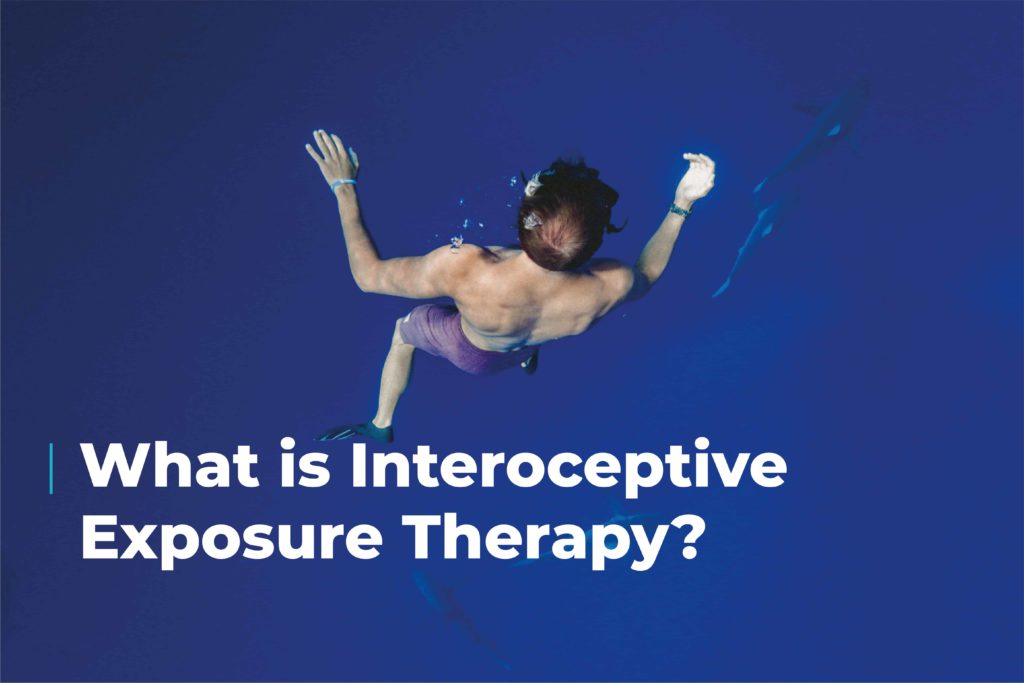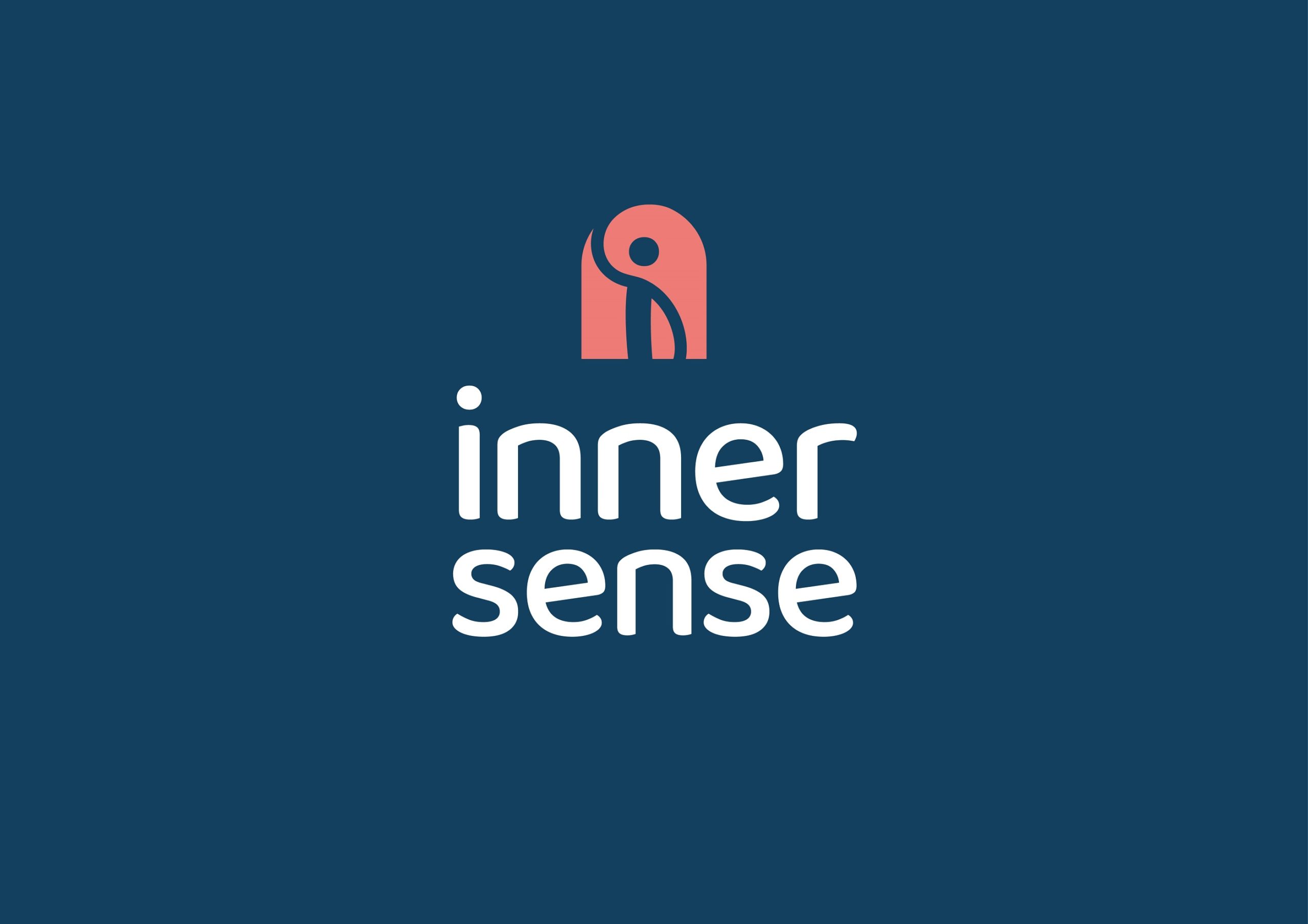Public speaking.
Heights.
Spiders. Especially long-legged ones.
Whatever the threat, when we’re anxious, we experience a range of different sensations inside our bodies. Things like breathlessness, increased heartrate or a churning stomach. These feelings can be unpleasant, but aren’t dangerous per se; what’s more, they’re all perfectly natural responses.1
However, sometimes, our bodies misinterpret these signals and we perceive our own sensations as a threat. This not only reinforces our original fear but can create a perpetuating cycle of worry, where we become scared of anxiety itself.2
Interoceptive exposure therapy is a type of behavioural treatment that’s designed to help us better understand our response to threats and reprogramme how we react to them.
How Interoceptive Exposure Therapy Works
During interoceptive exposure therapy, a person is subjected to the sensations that trigger their anxieties – but crucially, under controlled conditions. In order to do this, the fear-inducing feeling needs to be recreated. For someone whose anxiety is triggered by breathlessness, they may be asked to perform physical activity that makes them puffed out. Someone who has a fear of dizziness may be asked to shake their head from side to side.3
With the guidance and support of their therapist, the person will then be encouraged to focus on the sensation and assess it objectively:
- Where’s it coming from?
- How does it make you feel?
- How long does it last?
- What level of threat does it pose to you?
The goal is to help people to learn that most basic physical sensations are manageable, while repeated exposure to the feeling helps to normalise it. Gradually, this combined approach allows new neurological pathways to be created so the brain no longer interprets the sensations as a threat.
What Can Interoceptive Exposure Therapy Be Used to Treat?
Interoceptive exposure therapy was originally developed to help people with panic disorder; however, it’s now used treat a range of issues, including:
- Generalised anxiety disorder 4
- Chronic pain 5
- Irritable bowel syndrome 6
- Post-traumatic stress disorder
Is Interoceptive Exposure Therapy Safe?
Because the treatment exposes you to sensations that can cause anxiety, interoceptive exposure therapy can be unpleasant – at least to begin with. So before opting to try interoceptive exposure therapy, I’d recommend first speaking to your doctor. This is especially important if you have a heart condition, epilepsy or are pregnant.
However, interoceptive exposure therapy is inherently safe and can be a really effective way of helping us overcome somatic anxieties.
What Is Interoceptive Exposure Therapy? Find Out More…
For more information about interoception, please follow my new Inner Sense project – being launched early in 2021. Sign up to the Restoring Balance newsletter for updates.
Sources and References
Photo by Derek Owens on Unsplash
- Khalsa SS, Adolphs R, Cameron OG, Critchley HD, Davenport PW, Feinstein JS, Feusner JD, Garfinkel SN, Lane RD, Mehling WE, Meuret AE, Nemeroff CB, Oppenheimer S, Petzschner FH, Pollatos O, Rhudy JL, Schramm LP, Simmons WK, Stein MB, Stephan KE, Van den Bergh O, Van Diest I, von Leupoldt A, Paulus MP; Interoception Summit 2016 participants. Interoception and Mental Health: A Roadmap. Biol Psychiatry Cogn Neurosci Neuroimaging. 2018 Jun;3(6):501-513. doi: 10.1016/j.bpsc.2017.12.004. Epub 2017 Dec 28. PMID: 29884281; PMCID: PMC6054486.
- Payne P, Levine PA, Crane-Godreau MA. Somatic experiencing: using interoception and proprioception as core elements of trauma therapy. Front Psychol. 2015 Feb 4;6:93. doi: 10.3389/fpsyg.2015.00093. Erratum in: Front Psychol. 2015;6:423. PMID: 25699005; PMCID: PMC4316402.
- Boettcher H, Brake CA, Barlow DH. Origins and outlook of interoceptive exposure. J Behav Ther Exp Psychiatry. 2016 Dec;53:41-51. doi: 10.1016/j.jbtep.2015.10.009. Epub 2015 Nov 2. PMID: 26596849.
- Deacon BJ, Lickel JJ, Farrell NR, Kemp JJ, Hipol LJ. Therapist perceptions and delivery of interoceptive exposure for panic disorder. J Anxiety Disord. 2013 Mar;27(2):259-64. doi: 10.1016/j.janxdis.2013.02.004. Epub 2013 Feb 27. PMID: 23549110.
- Flack F, Stahlschmidt L, Dobe M, Hirschfeld G, Strasser A, Michalak J, Wager J, Zernikow B. Efficacy of adding interoceptive exposure to intensive interdisciplinary treatment for adolescents with chronic pain: a randomized controlled trial. Pain. 2018 Nov;159(11):2223-2233. doi: 10.1097/j.pain.0000000000001321. PMID: 29939961.
- Kawanishi H, Sekiguchi A, Funaba M, Fujii Y, Yoshiuchi K, Kikuchi H, Kawai K, Maruo K, Sugawara N, Hatano K, Shoji T, Yamazaki T, Toda K, Murakami M, Shoji M, Ohara C, Tomita Y, Fukudo S, Ando T. Cognitive behavioral therapy with interoceptive exposure and complementary video materials for irritable bowel syndrome (IBS): protocol for a multicenter randomized controlled trial in Japan. Biopsychosoc Med. 2019 Jun 6;13:14. doi: 10.1186/s13030-019-0155-2. PMID: 31178921; PMCID: PMC6551860.



